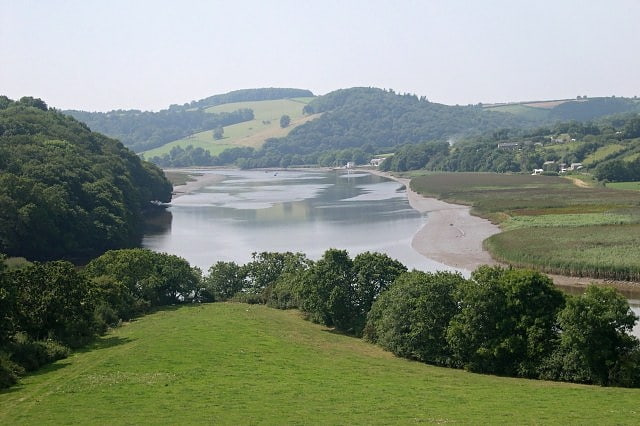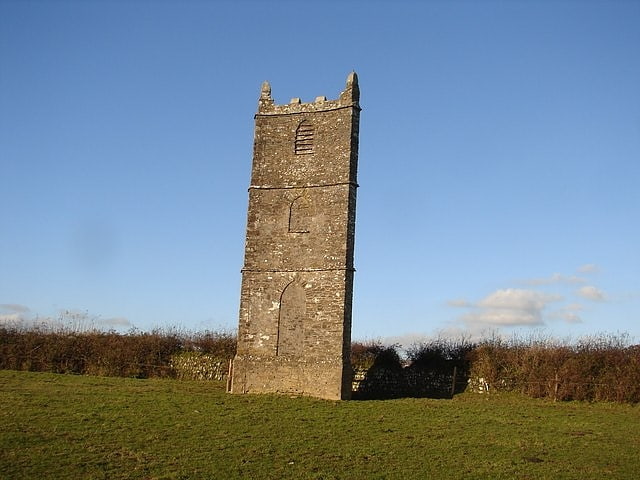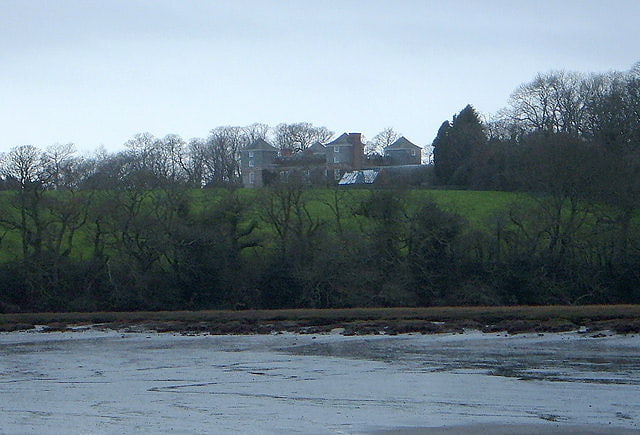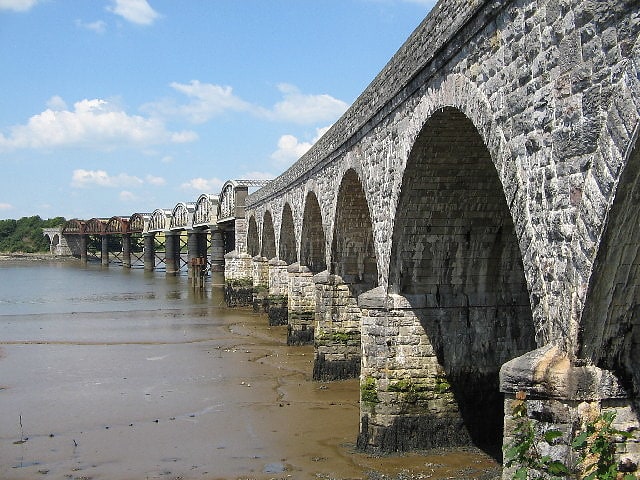Discover 5 hidden attractions, cool sights, and unusual things to do in Tamar–Tavy Estuary (United Kingdom). Don't miss out on these must-see attractions: Tamar Valley AONB, Scraesdon Fort, and Prospect Tower. Also, be sure to include Ince Castle in your itinerary.
Below, you can find the list of the most amazing places you should visit in Tamar–Tavy Estuary (England).
Table of Contents
Tamar Valley AONB

Nature preserve in England. Tamar Valley Area of Outstanding Natural Beauty or Tamar Valley AONB is a legally designated Area of Outstanding Natural Beauty in Devon and Cornwall in England.[1]
Scraesdon Fort

Fortress in England. Scraesdon Fort, near the village of Antony, is one of several forts in South East Cornwall which formed part of the ring of forts surrounding Plymouth to protect Plymouth Sound and, in particular, the naval dockyard of Devonport from enemy naval attack. They were built as a result of a decision in Lord Palmerston's premiership to deter the French from attacking naval bases in the south of England.
Scraesdon Fort was designed in 1859 by Captain (later Maj General) William Crossman, and was built by F Roach and Company, Plymouth.
It was completed at a cost of £137,000. It is constructed in the Land Front, polygonal, near octagonal format. It has a dry ditch, and was designed to have twenty-seven 7-inch breech-loading guns on the ramparts. By 1893 it mounted one 64 Pounder Rifled Muzzle Loading Guns, eight 7-inch Rifled Breech Loading (RBL) gun, two 32 Pounder Smooth Bore Breech Loading (SBBL) guns and two 5-inch Breech Loading guns.
The upper level is 254 ft above mean sea level (AMSL) and the lower level is 173 feet AMSL.
The fort was used by the MOD as a training barracks, but it is currently empty, derelict and overgrown. It was used to train Royal Navy Artificer Apprentices from HMS Fisgard and HMS Raleigh; it is occasionally used now by Royal Marine Commandos recruits as part of their final exercise, as well as being used by local Army Reserve units. The fort is also used for airsoft events on an ad hoc basis. It was Grade II listed in 1968.
A military railway. used from 1893 to 1903, connected the fort with the River Lynher at Wacker Quay, near St. Germans. It also provided a link to the main fort on the Rame peninsula at Fort Tregantle. The railway ran underneath the metal bridge and down a gradient, then went underneath the current A374 road, and alongside Wacker Quay. The locomotive shed was extant on the quayside until the late 2000s,when it was removed by Cornwall CC, who had been using it as a highways depot. and other remnants of the railway can also be seen. There was also an extensive marshalling area next to the east wall of the fort.[2]
Prospect Tower

Historical landmark in England. Prospect Tower is a folly on the Cotehele Estate. It has three sides and is 60ft high. When the National Trust was given the Cotehele Estate in 1947 the Trust renovated the tower and constructed a wooden spiral staircase inside, to allow visitors. The Tower was last renovated in 2018 and is still open to the public.[3]
Ince Castle

Ince Castle is three miles from Saltash in Cornwall, England, UK. It is not a castle in the conventional sense, but a manor house built of brick. It was built in 1642, at the start of the English Civil War and was captured in 1646. Attached to the house are four three-storey towers with walls 1.2 metres thick. There is a classical portico and the windows are rectangular. The house and estate were sold in the 1850s and let as a farm but it became increasingly run down and covered in ivy by the 20th century. It burnt down in 1988 but it has now been rebuilt.[4]
Tavy Bridge

Bridge in London, England. Tavy Bridge is a railway bridge across the mouth of the River Tavy just east of its confluence with the River Tamar. It was built by the Plymouth, Devonport and South Western Junction Railway, and the Tavy Bridge was constructed to carry the track over the Tavy Estuary and the adjoining mudflats. The bridge is a Grade II listed building, with both ends being listed separately.[5]